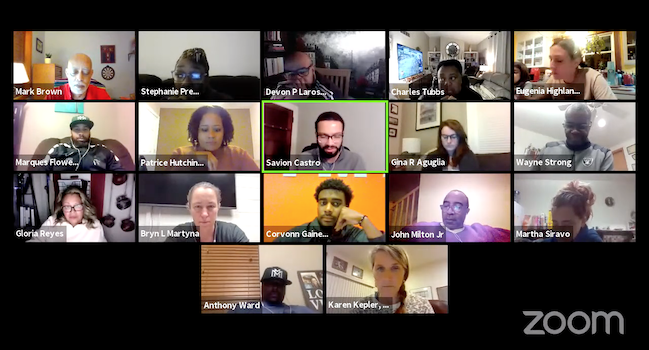
Madison SB Committee Finalizes Safety Recommendations for Police-Free Schools
- By Yvonne Marquez
- December 14, 2020
A Madison School Board committee finalized budget and policy recommendations on Thursday in an effort to prioritize the well-being of students without the presence of police officers in schools, reports the Wisconsin State Journal. The recommendations include funds for restorative justice training and more student mental health support.
The Safety and Security Ad Hoc Committee was formed less than six months ago, after the school board unanimously voted to terminate contracts with local police in June, following protests of the death of George Floyd by Minneapolis police.
The committee recommendations include:
- A three-to five-year plan to implement holistic restorative justice; along with addition of two full-time staff members focused on restorative justice for all high school students.
- Dedicated spaces to support student mental health.
- The creation of an advisory group to involve community members, youth, and family in punitive measures.
- The creation of a Superintendent Advisory Committee made of community, families and students to develop a plan to enhance student and community roles in school safety.
- A debriefing process after each incident involving law enforcement in schools.
- Reduction of class size.
- An effort to develop, recruit, and keep staff of color.
The recommendations will be shared with the School Board in January for review and discussion. On Feb. 15 the board will have another meeting with public comment to discuss the recommendations before they are included in the superintendent’s first budget.
“We have to move with a sense of urgency before we open up our schools,” School Board President Gloria Reyes told the Wisconsin State Journal. “It is time now to put this all together and make these recommendations to the board.”